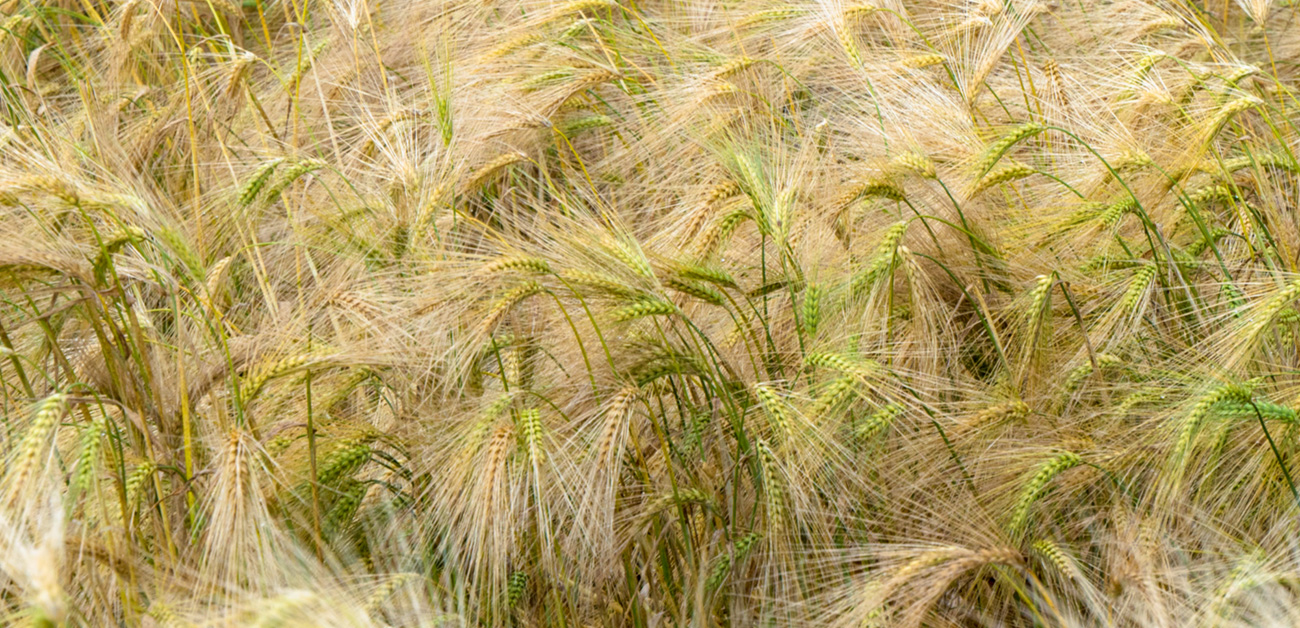
Grain and the Food Revolution
Historically, food is like fashion, always changing, and food systems periodically reinvent themselves. For example, the earliest methods for procuring food, foraging and hunting, prevailed until the concept of private property and the ownership of individual harvests reshaped the supply chain.1 Leap forward to the early 1800s and you find that ninety percent of America’s population is living on farms2 and eating fresh, chemical-free food that they grew and prepared themselves. But two hundred years later, that approach to mealtime is mostly extinct. The twentieth century introduced additional food-as-we-know-it changes: agriculture and science became more entwined, farms became industries, and food products were retooled to adapt to mechanized production and long-distance distribution. Beginning in the 1950s, the most notable food remake was the impact of the “Green Revolution”3 which reduced world hunger by increasing yields of wheat, rice, and other crops.
Fast forward to the 21st century. The effects of the Green Revolution were not all positive.4 The changes to American food are now so radical that the Green Revolution is only one aspect of our food system’s reconfiguration. Only about one percent of Americans still live on farms.5 In many households, the daily fare, as Michael Pollan states, is “edible food-like substances — no longer the products of nature but of food science.”6 In the case of wheat, flour is no longer regarded as perishable food but as shelf-stable merchandise.
“I would argue that what’s missing from our conception of good agriculture and good cuisine is wheat. When it comes to wheat, we’ve convinced ourselves that it’s okay to cook and bake with what is essentially rotten produce.” Dan Barber, chef, author, and restaurateur.
Perhaps not for long! Things are changing, and again, a food revolution is brewing. Worldwide, people realize that substituting food-like substances for real food is scientifically proven to diminish human health7. A growing cohort of farmers, chefs, bakers, eaters, scientists, and environmentalists is challenging the wisdom of replacing natural foods with processed foods. They are at work in kitchens, labs, and fields, bringing forward foodways that need to continue and embracing the advantages that research and technology8 can deliver in the production of delicious, nutrient-rich foods. This is especially true of whole grains, one of the planet’s most important sources of nourishment.
“Revolution” may be too bold a description for the grassroots movement currently resurrecting wholesome foods. But the accumulating numbers of people demanding healthier products9 and the common sense of people’s testimonials may soon carry the full game-changing force of a revolution. We believe this is the case, and we hope this Guide will inspire you to revolutionize food by making, enjoying, sharing, and teaching the deliciousness of health-building grains and fresh whole-grain flours.
A Very Brief History of Grains
Modern wheat is a survivor. Over thousands of years, it has evolved from wild grass into today’s ubiquitous grain, a “staple food of the major civilizations in Europe, Asia, and North Africa and grown in most regions on six continents.” Its success has been attributed to innate adaptability: an estimated one hundred thousand varieties of wheat have adapted to a wide range of climates and soils in almost every area of the globe. Its resilience may also be due to its symbiotic relationship with homo sapiens. As hunter-gatherers observed and selected wild grasses over time, their diets evolved from foraged sustenance to diets based on controlled proliferation.
Historically, wheat has played the part of the disrupter, a nutritional change-maker. Taming wild grasses to become edible grains enabled ancient people to claim a measure of control over their diets. In many ways, this was indicative of progress. More people could be routinely fed, crops occasionally yielded a surplus that farmers could store against the shortcomings of future harvests, and tribes could put down roots in stay-put communities. But there were also challenges: the labor dedicated to nutrition increased significantly because of the work required to prepare land for growing and because water needed transporting, weeds needed pulling, and crops needed to be harvested, dried, and processed.
Leaping forward to today’s grocery shelves, we face a problem with wheat’s ascendance, fueled as it is by ingenious industrialization. The conveniences and innovations have come at a cost: compromised flavor, compromised plant diversity, and compromised human, animal, and environmental well-being.

The Grain Guide draws from the international grain revolution that increasingly recognizes what has been lost. Wheat breeders, farmers, millers, bakers, chefs, scientists, and distillers are investigating and investing in varieties of wheat, barley, and other grains that favor flavor and nutrition and that suit the surrounding geography and climate. The resulting diversity of grains is fueling the movement toward local and regional grain networks that honor place-based identity. Like wine, grains derive taste from place.



